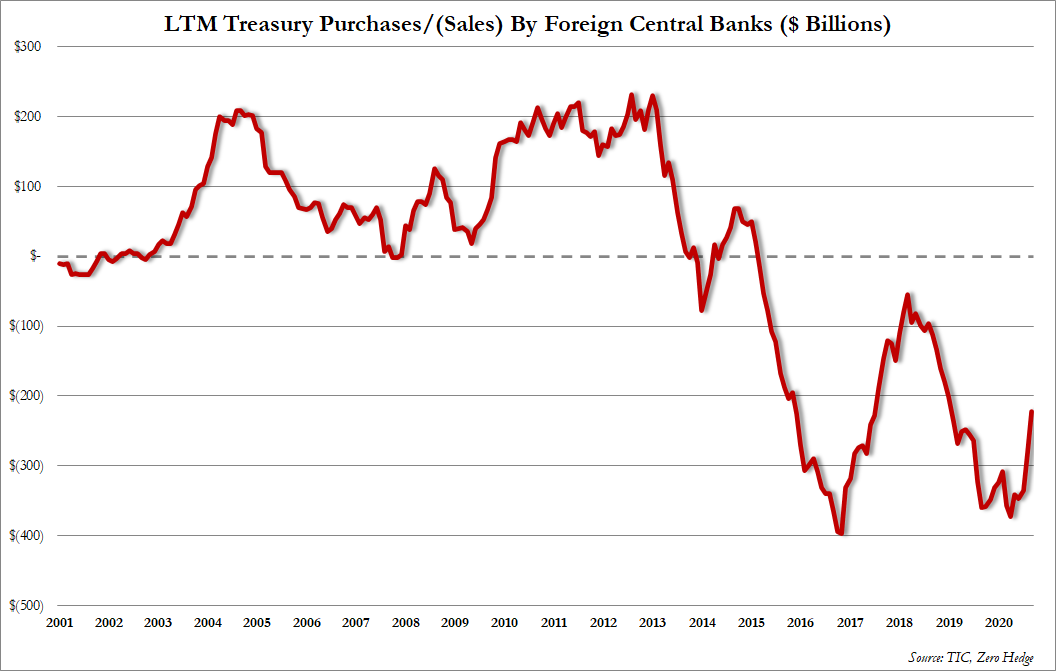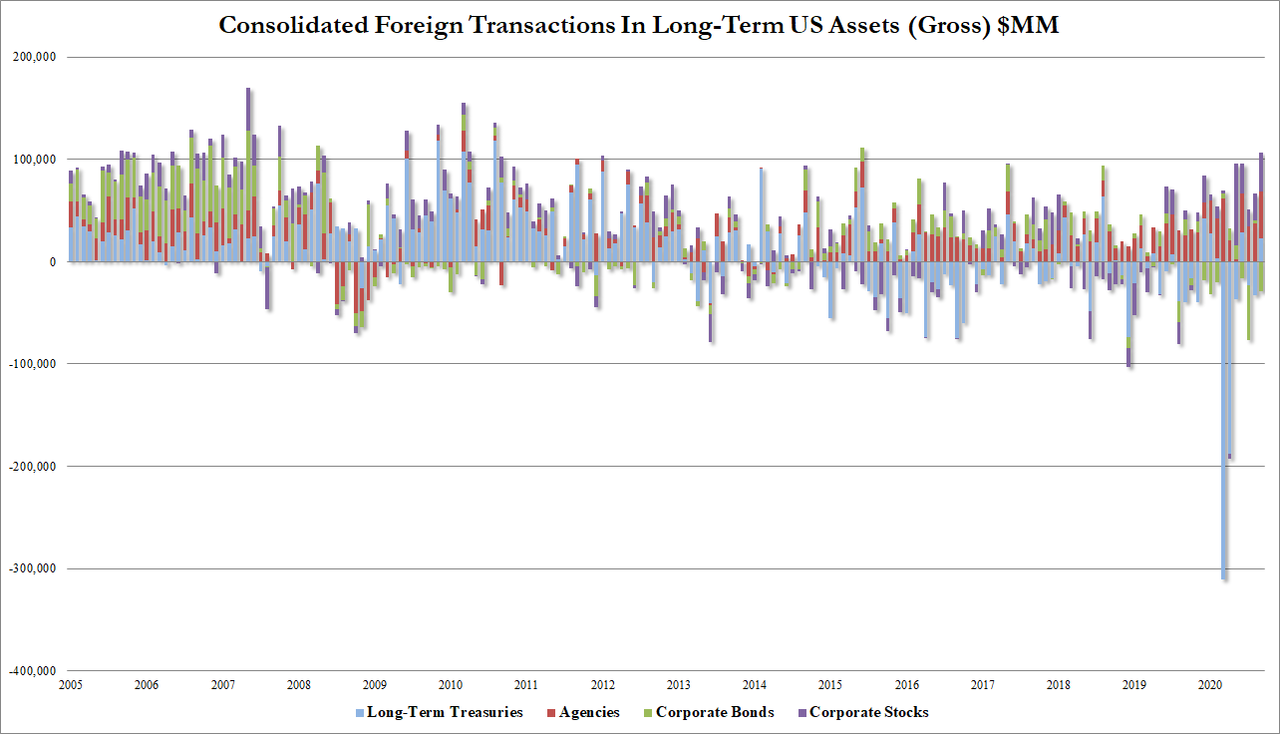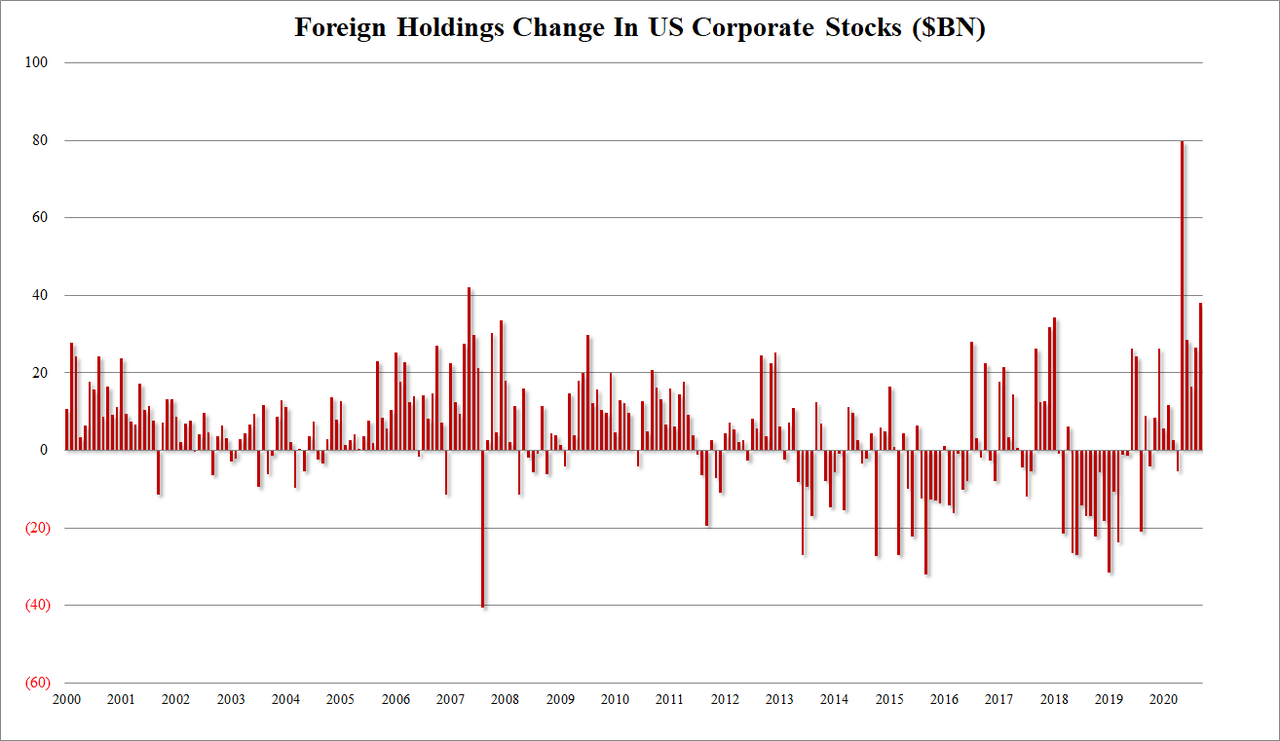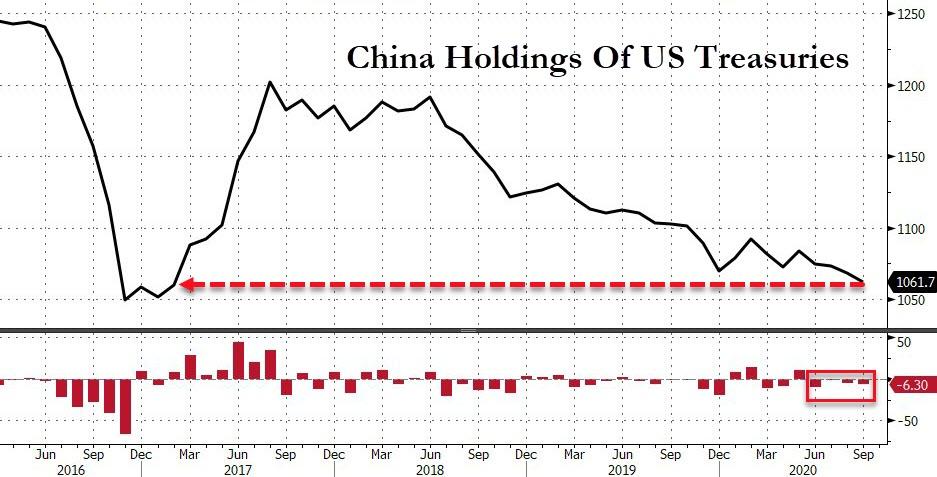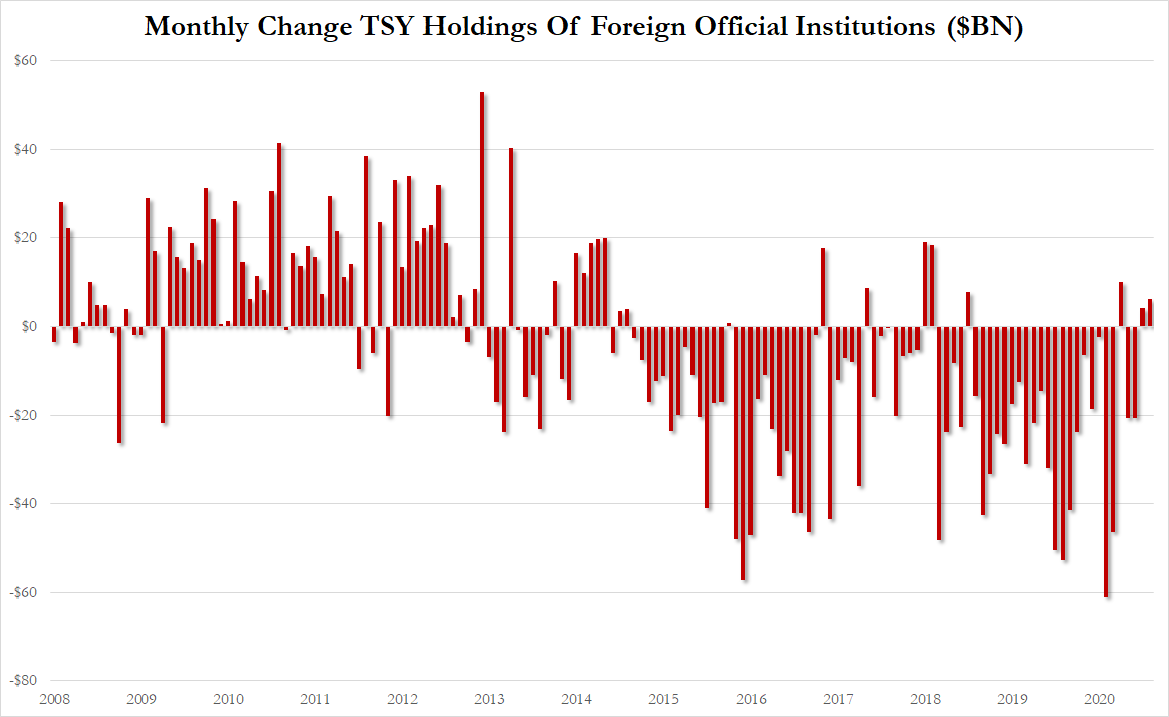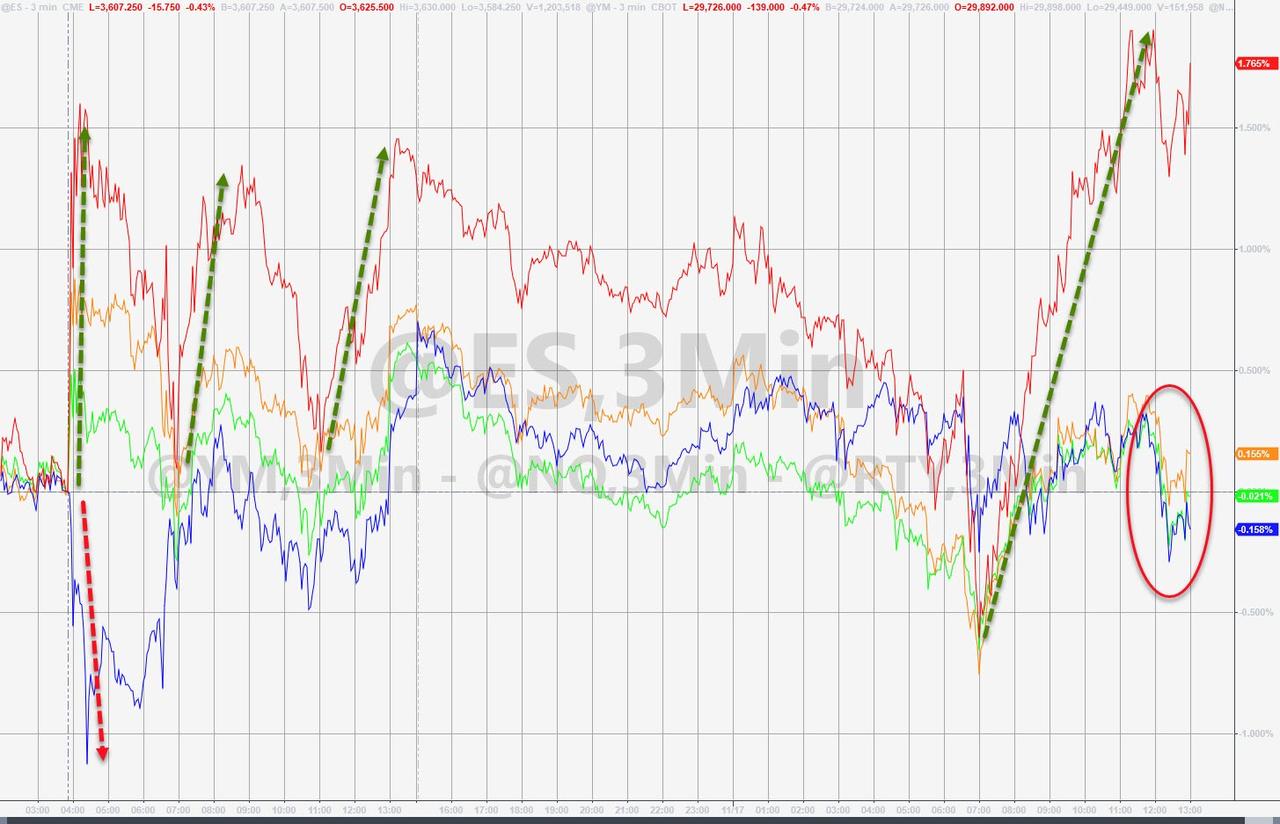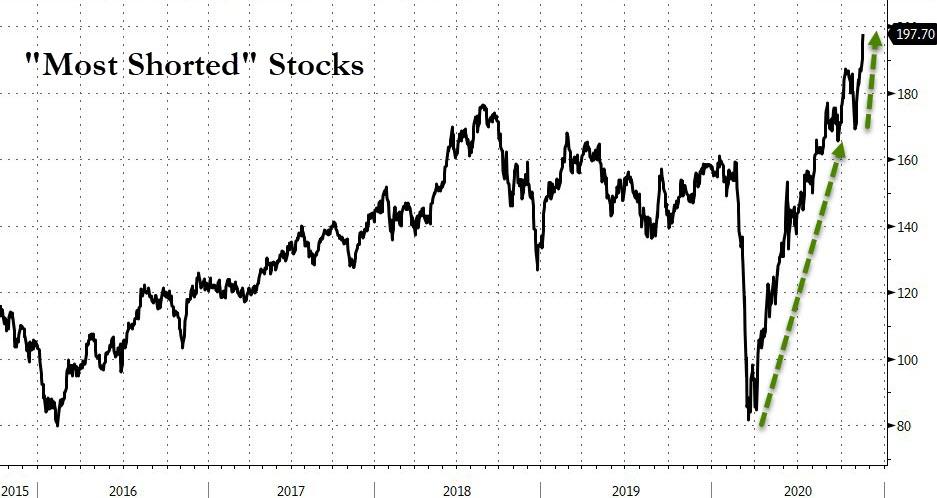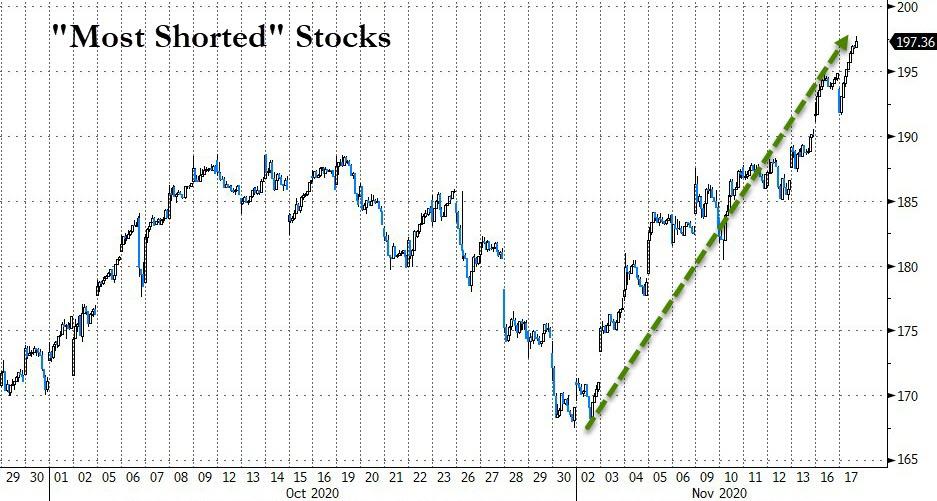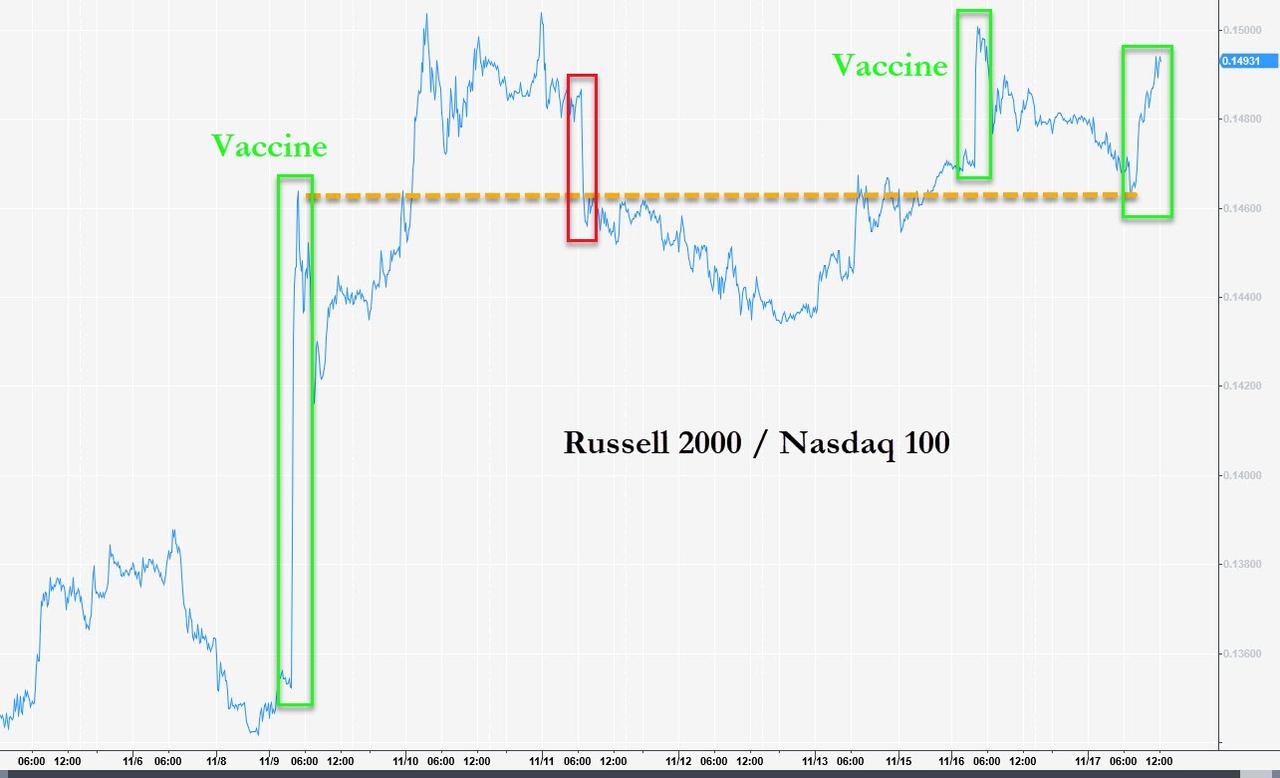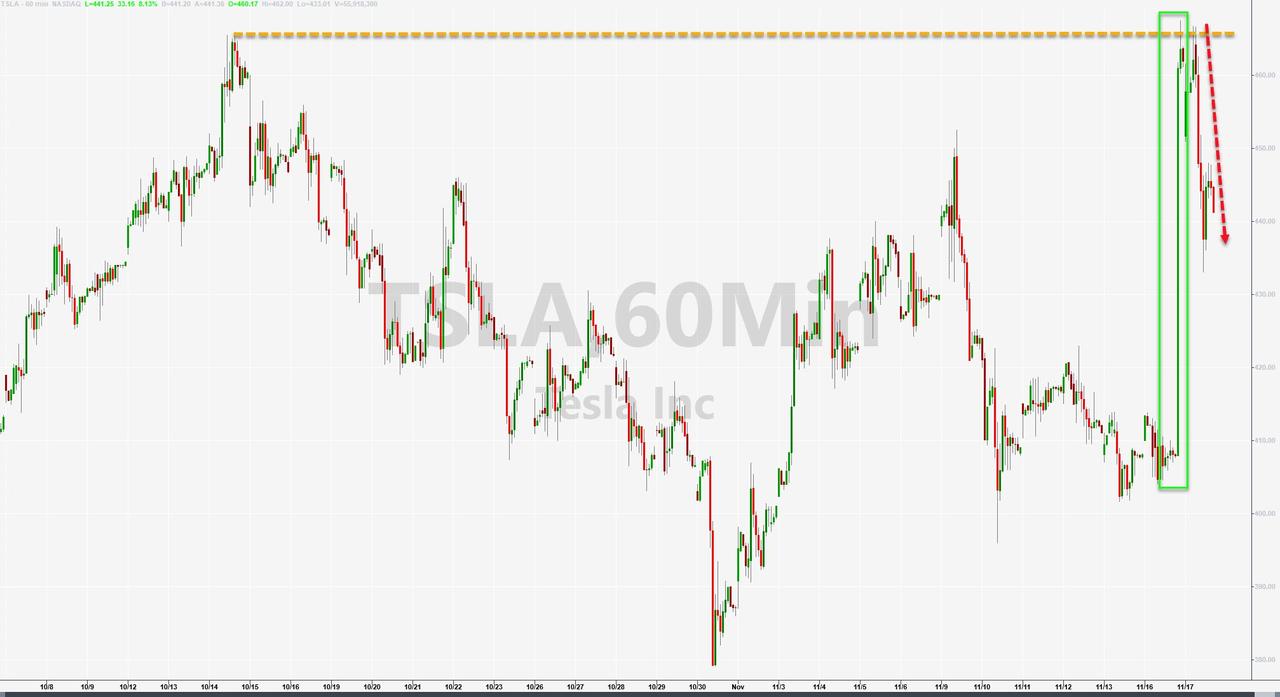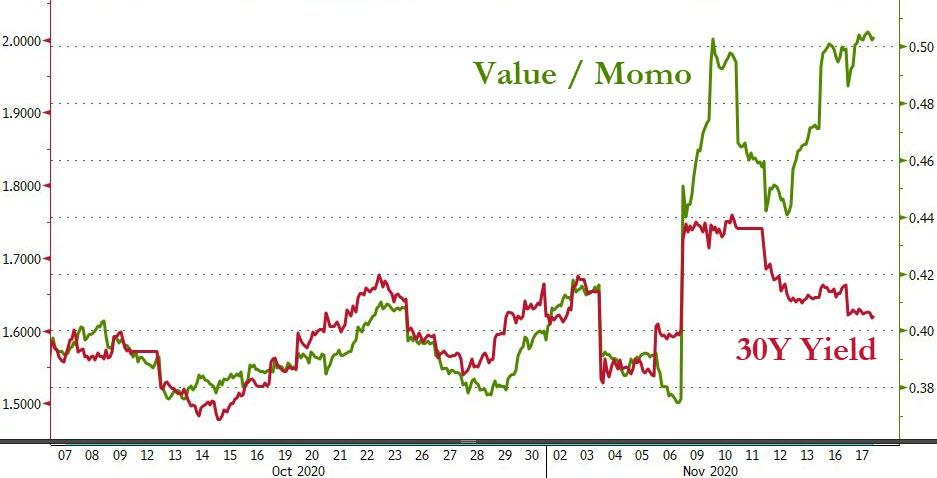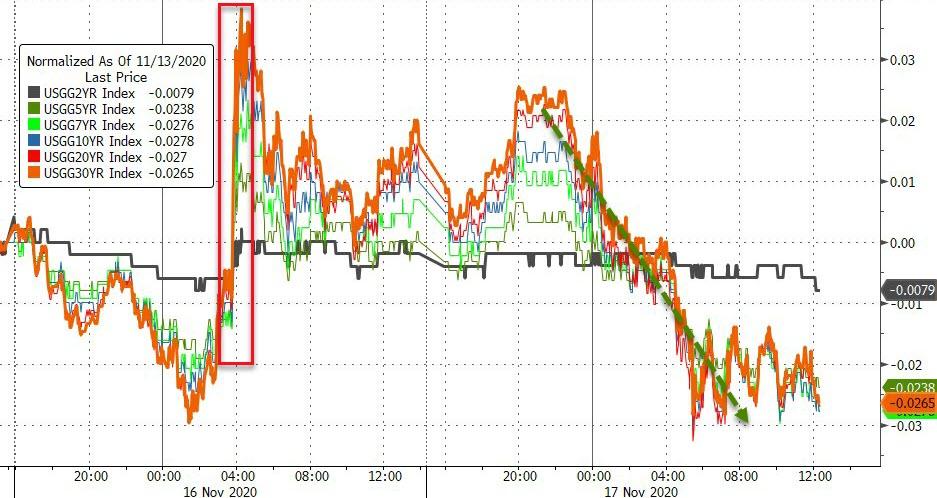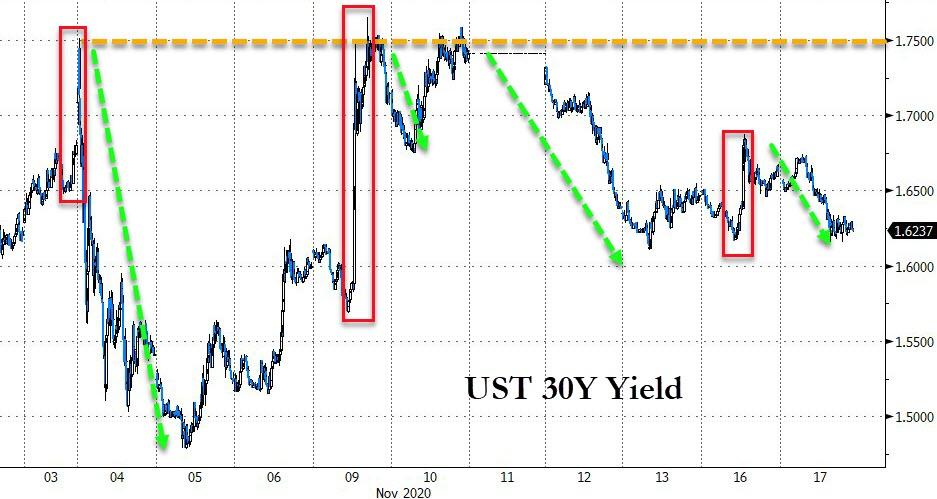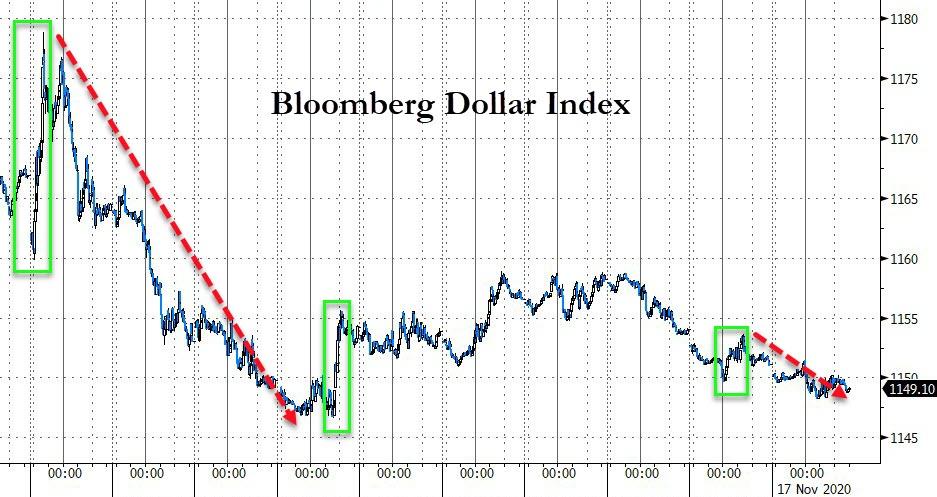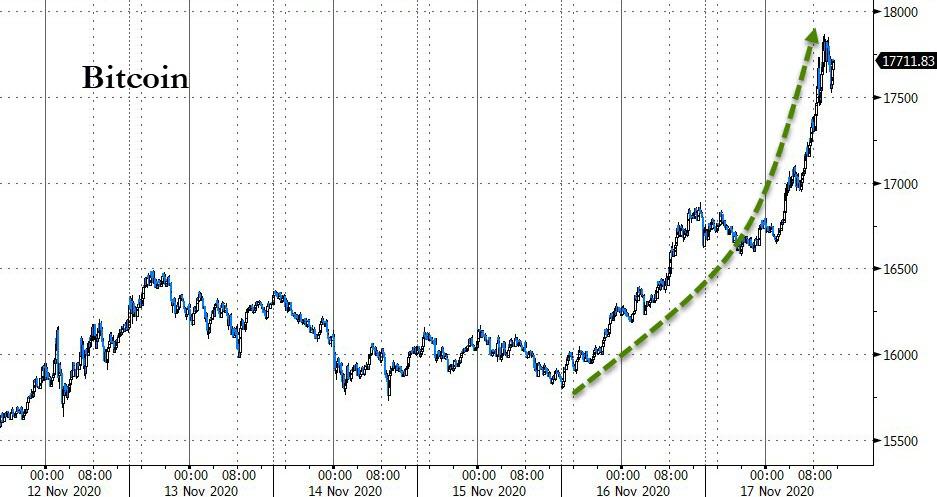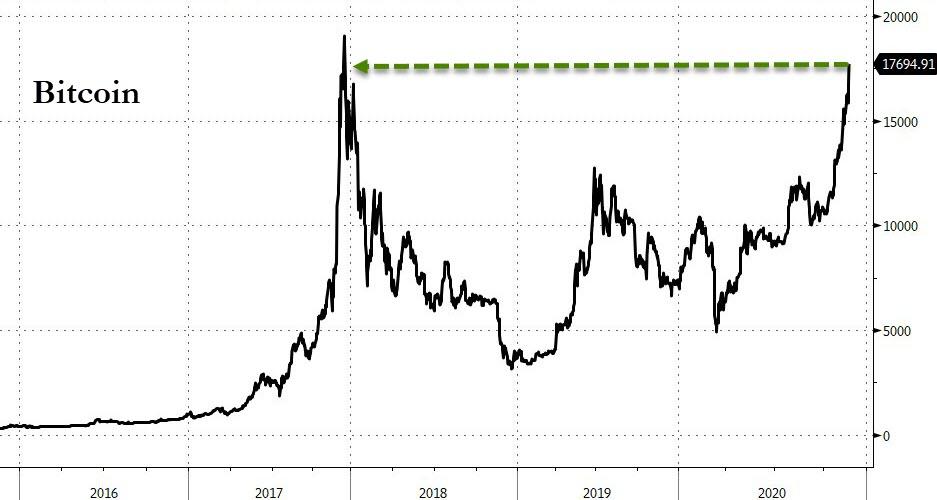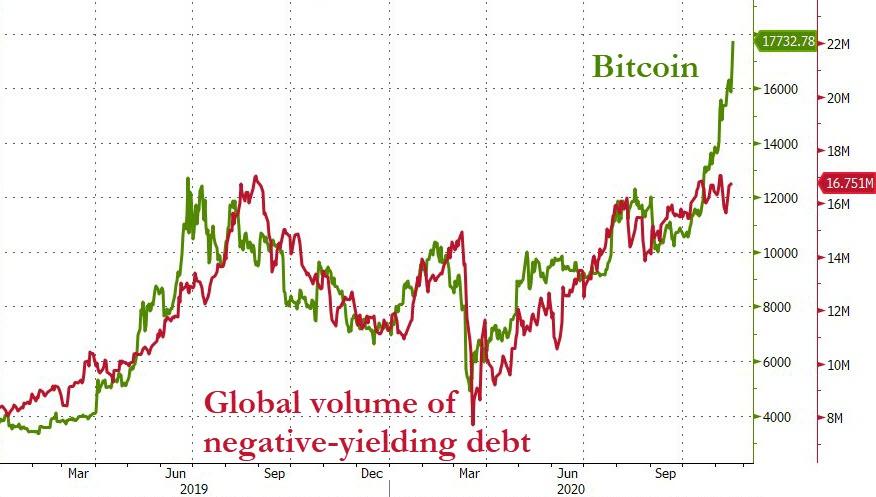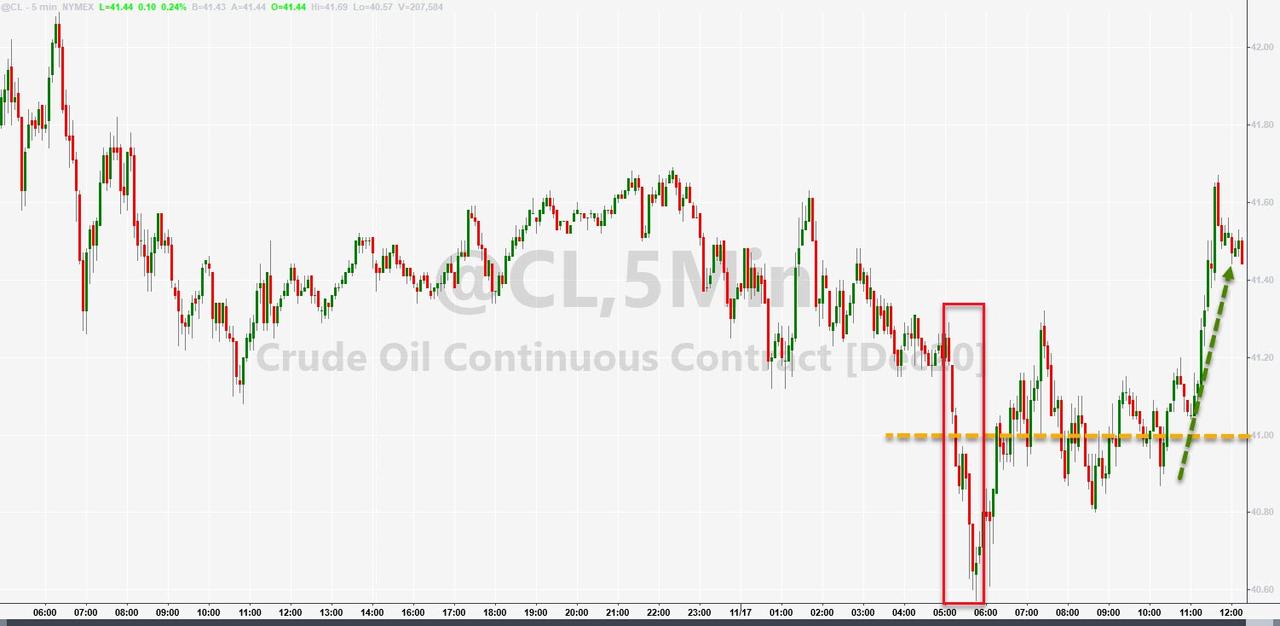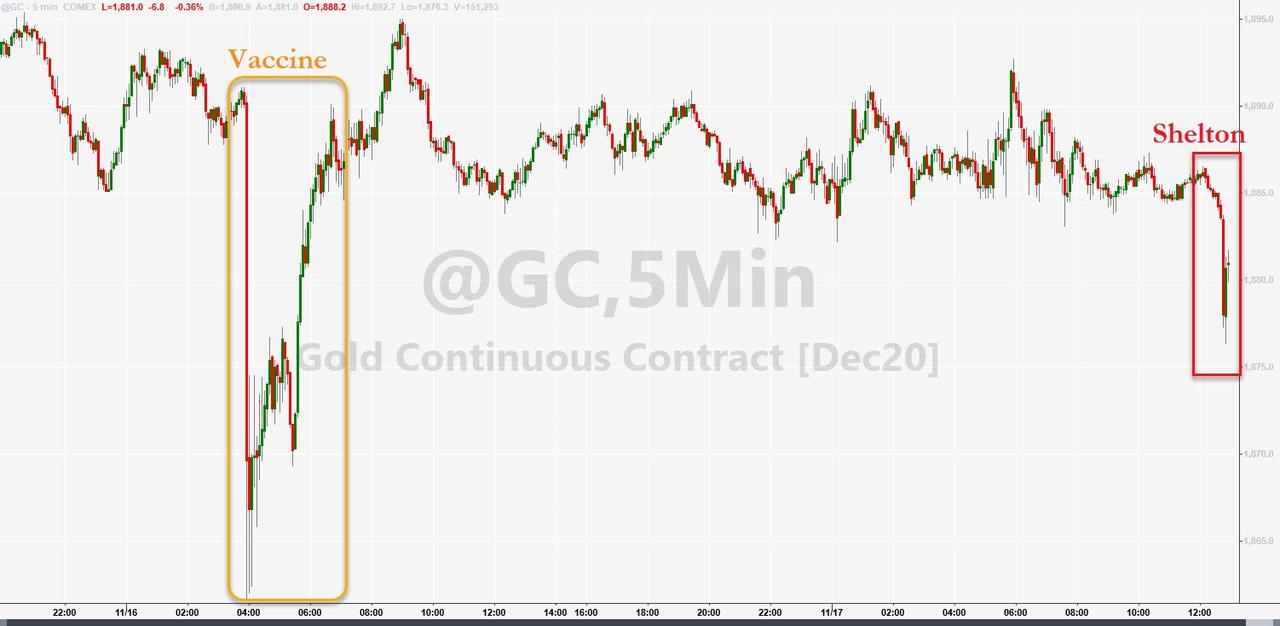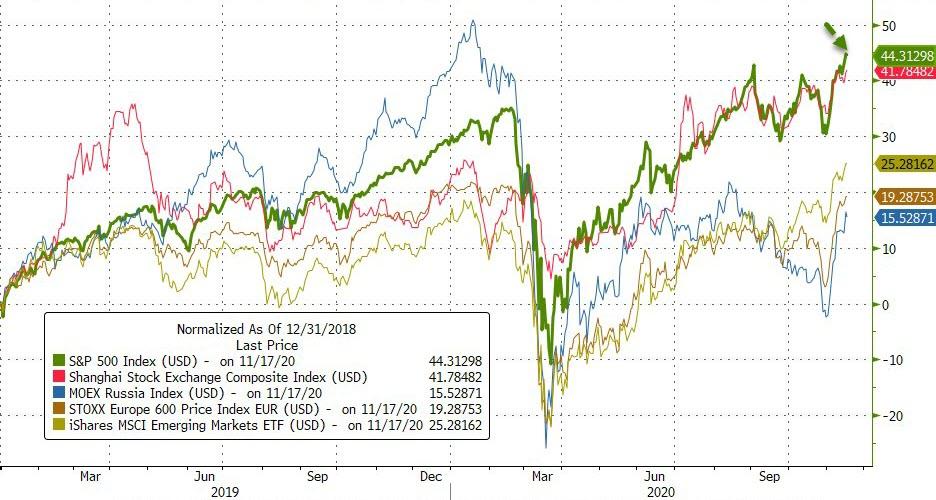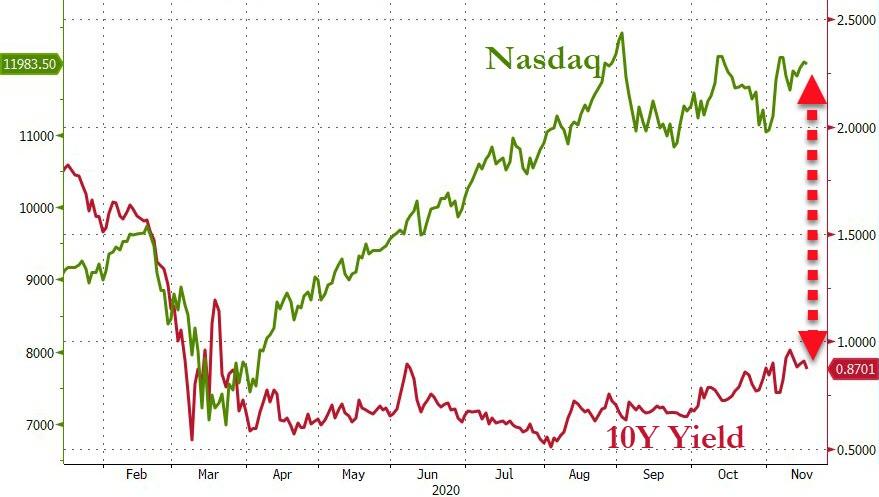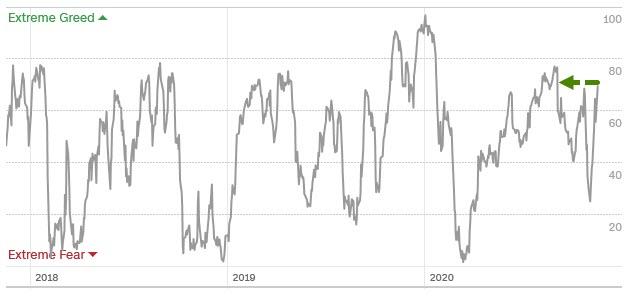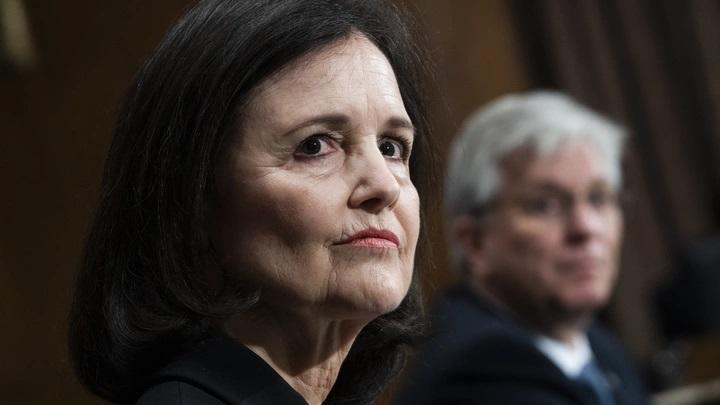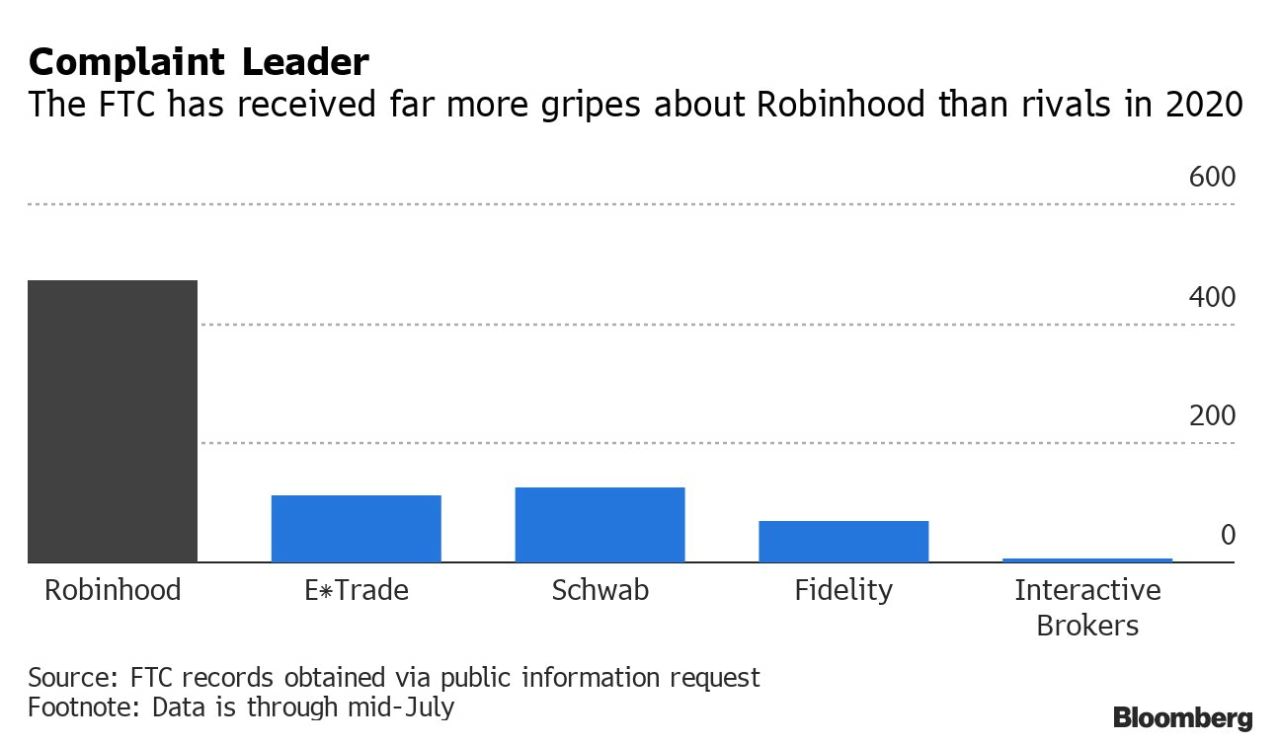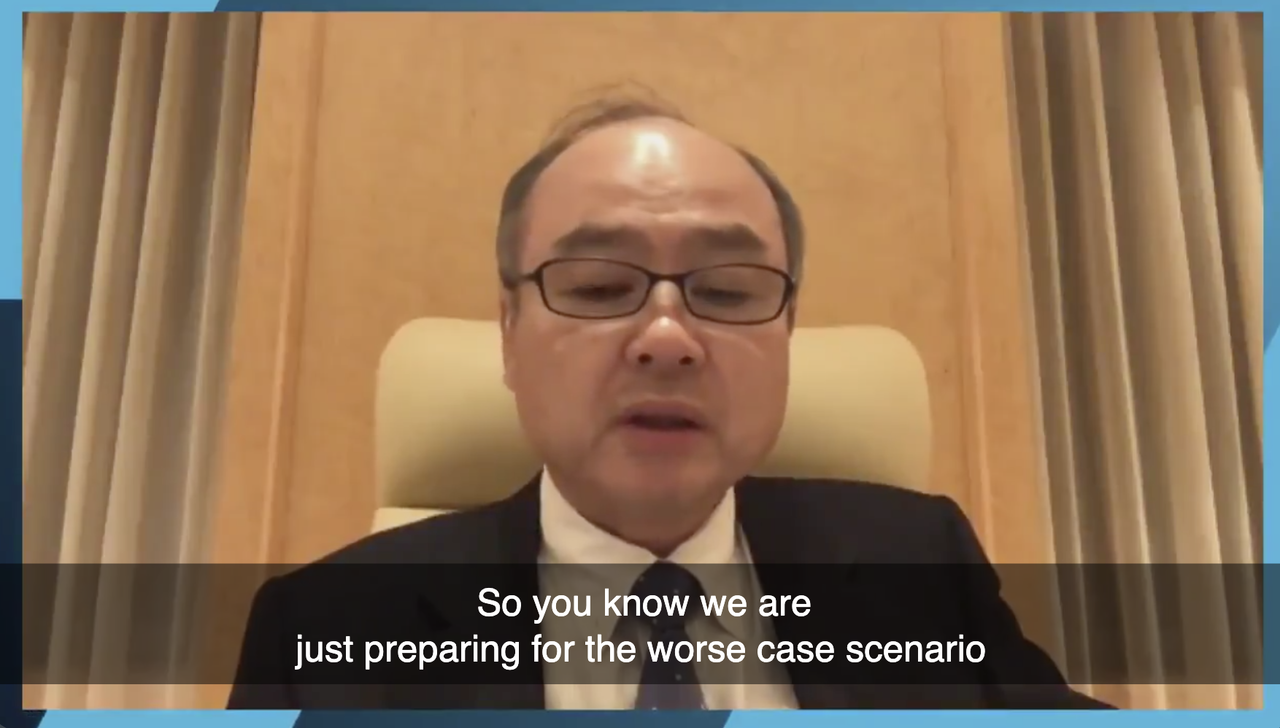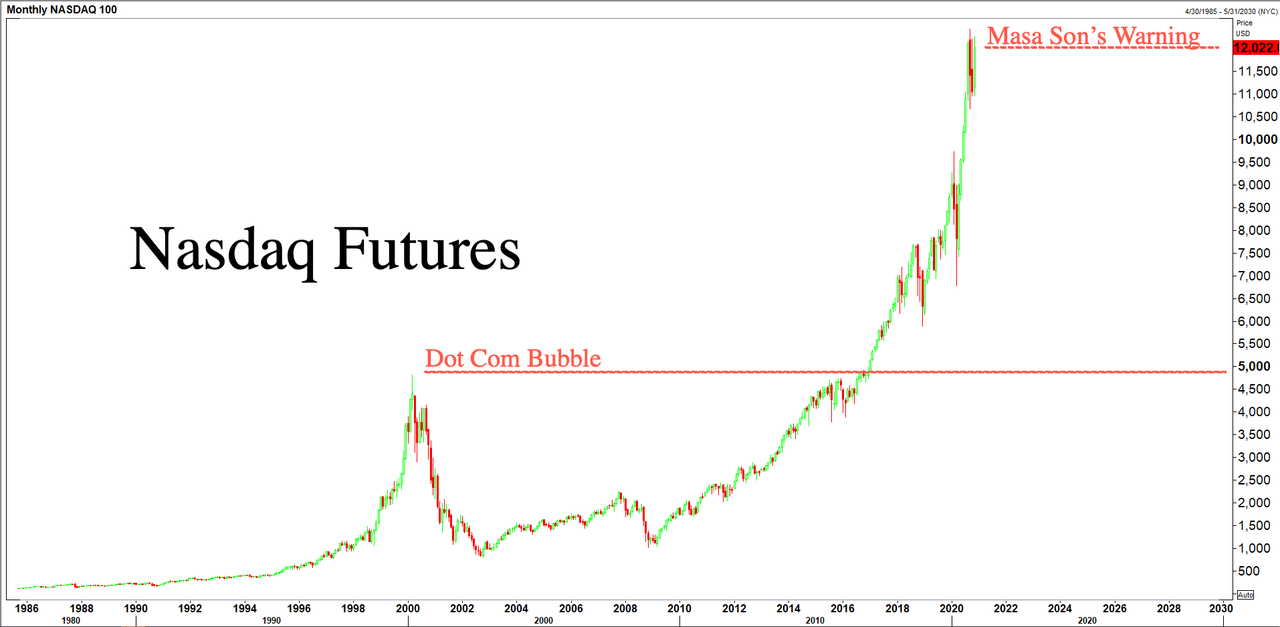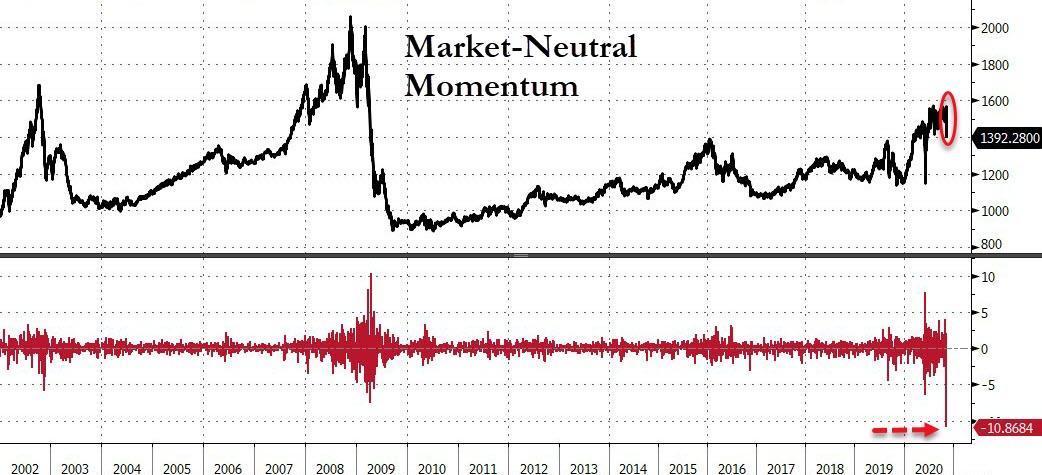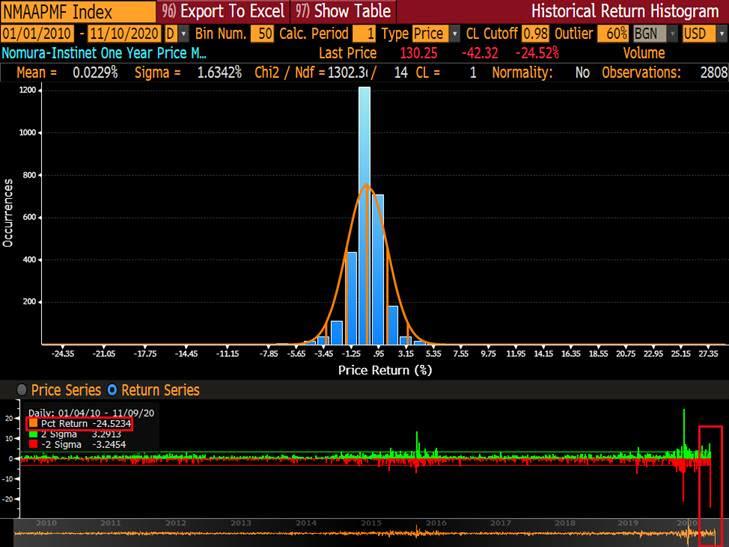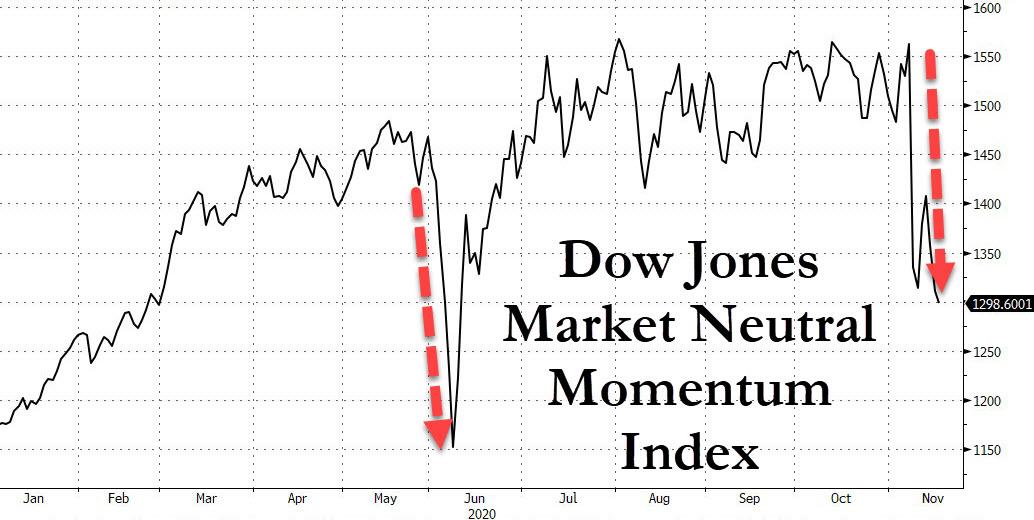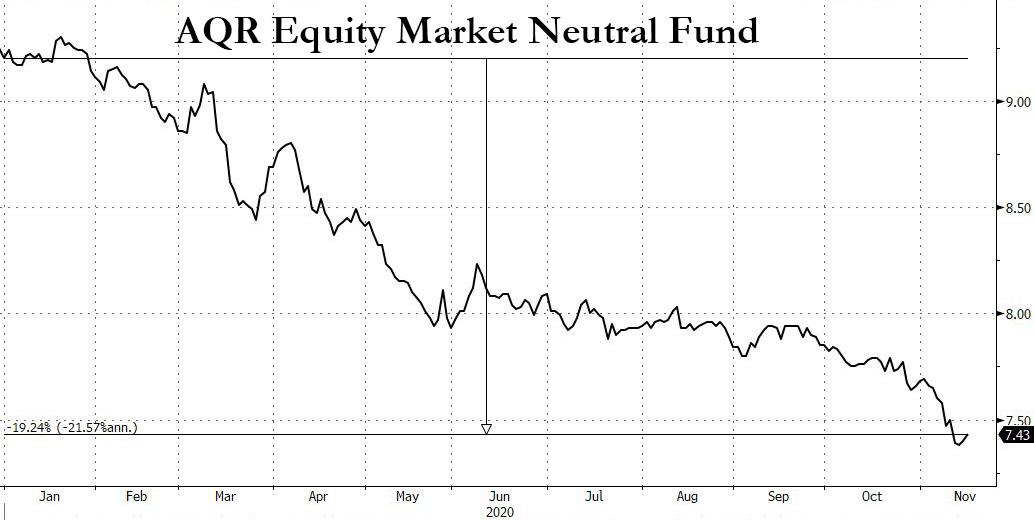With Democrats staring down the possibility of Republicans maintaining control of the Senate, Sen. Elizabeth Warren (D–Mass.) and 12 other Democratic Senators want President-elect Joe Biden to forgive hundreds of billions of dollars in student loan debt by using the Education Department’s power “to modify, compromise, waive, or release student loans.”
Warren promised during her own presidential campaign that she would, if elected, “direct the Secretary of Education to use their authority to begin to compromise and modify federal student loans consistent with my plan to cancel up to $50,000 in debt for 95% of student loan borrowers (about 42 million people).” It appears she’d like Biden to do the same.
This would be quite a gift for many student loan borrowers who still have outstanding balances (myself included). As the Manhattan Institute’s Beth Akers noted last year, the typical four-year college graduate completes their degree with less than $30,000 in student loan debt. Meanwhile, the College Board’s most recent effort to calculate the lifetime earnings premium of a college degree finds that the average four-year degree holder makes $400,000 more over their working lifetime than someone with just a high school diploma. In 2015, researchers Christopher R. Tamborini, ChangHwan Kim, and Arthur Sakamoto published a paper in Demography that measured the 50-year lifetime earnings gap between high school graduates and bachelor’s degree holders at $896,000 for men and $630,000 for women. In 2011, Georgetown University’s Center on Education and the Workforce pegged the B.A. earnings premium at $964,000. Whether the premium is shrinking or we’re just getting better at measuring it—or some combination of both—it’s still a good return on what comes out to roughly $7,000 in interest for borrowers who repay the average-sized loan in the standard 10-year timeframe.
As I outlined in a feature earlier this year, many student loan borrowers do not feel like they’re getting a good deal. That’s because while federally issued and guaranteed loans have made it possible for the poorest Americans to attain education, those subsidies have also driven up the cost of education at a rate multiple times higher than inflation. It is also now quite clear that making student loan debt easy to accumulate but nearly impossible to discharge in bankruptcy (which I also cover in the above-linked feature) has helped millions of students get ahead while enabling a smaller (but still large) number of students to borrow money they can’t repay in order to purchase degree programs they can’t complete, can’t utilize, or can’t recognize as crap.
A Democratic administration is unlikely to do nothing on student loans, but even when it comes to borrowers who have the hardest time making their payments, there are policies that do not involve giving money away to the upper-middle class. As education researcher Susan Dynarski wrote in The New York Times in 2015, it’s actually people who borrow the least amount of money that have the hardest time repaying it:
Defaults are concentrated among the millions of students who drop out without a degree, and they tend to have smaller debts. That is where the serious problem with student debt is. Students who attended a two- or four-year college without earning a degree are struggling to find well-paying work to pay off the debt they accumulated.
Most borrowers have small debts, according to the Federal Reserve Bank of New York; 43 percent borrowed less than $10,000, and 72 percent less than $25,000. And borrowers with the smallest debts are most likely to default. Of those borrowing under $5,000 for college, 34 percent end up in default. The default rate steadily drops as borrowing increases. Among the small group (just 3 percent) of those borrowing more than $100,000, the default rate is just 18 percent.
If the Education Department forgave up to $50,000 in student loan debt for every borrower, it would be helping many people like myself who don’t need it at the expense of the public fisc (and where is the “free” money for people who paid off their student loans, or haven’t gone or won’t ever go to college?). The stimulus effect would likely be small, considering that the money a liberated borrower would now have to spend on something other than student loans is not the full amount of the loan, but the monthly payment. As with the COVID-19 stimulus checks, borrowers might bank that amount or put it toward other debts.
The most libertarian policy preference in my view is two-pronged: get the federal government out of the lending and guaranteeing game, and make student loan debt reasonably dischargeable in bankruptcy. These two policies would realign the incentives of colleges, lenders, and students to bring down prices and saddle fewer potential students with loans they are unlikely to repay.
If that is a bridge too far for Biden and a Democratic Congress—and it probably is, considering those policies would also make it harder for low-income students to borrow and the market upheaval would probably snuff out a significant number of schools—Dynarski’s writing has convinced me that rethinking repayment timeframes is an acceptable middle way:
One solution is to lengthen the timeframe of loan repayment. In the U.S., the standard is for borrowers to repay their loans in ten years. Other countries let students pay back their loans over a far longer horizon. In Sweden, students pay their loans back over 25 years. For a $20,000 loan with an interest rate of 4.3 percent, this longer repayment would mean a monthly payment of $100 instead of $200.
Borrowers with very low earnings will struggle with even a payment of $100. Some countries, including England and Australia, therefore link payments directly to income, so that borrowers pay little to nothing during hard times.
Income-driven repayment (IDR), various forms of which U.S. borrowers have been able to apply for since 2009, caps your monthly payment as a percentage of your income and extends the repayment period from 120 months to 300 months. Make 25 years’ worth of payments under any one of several IDR plans, and your balance is forgiven, with the forgiven amount taxed as income.
Researcher Daniel Herbst found that transitioning struggling borrowers onto IDR reduced payment delinquency and increased their credit scores. The Congressional Research Service issued a report in 2019 on loan forgiveness and repayment plans in which it said it is too soon to measure (or even estimate) the full impact of IDR. Some estimates predict 33 percent of IDR participant will fail to pay off their balance after 25 years, but the amount they pay over 300 months could still exceed the amount they borrowed for all but the poorest loan holders (and you’re not getting blood from those stones no matter how hard you squeeze).
A longer repayment plan tied to income is also a sensible way to think about the returns of student loan debt, which under the conventional 10-year repayment model sees borrowers making the highest monthly payments when their income is lowest, and their lowest monthly payment after 10 years of post-college earnings. People who’d rather get payments done in 10 years (or sooner) would, of course, reserve that option. People who are struggling right out of school could pay more as they earn more, while people who will carry their debt to the grave no matter how its structured should be able to seek relief in bankruptcy (which carries enough of a stigma to discourage abuse by physicians, lawyers, and other white-collar degree holders who accumulate large debts but also make a lot of money).
Working with Congress to improve the IDR process and allowing the most overleveraged borrowers to discharge their student loan debt in bankruptcy would go a long way toward alleviating real problems without further increasing the already generous premium enjoyed by people who complete four-year (and two-year!) college degrees.

from Latest – Reason.com https://ift.tt/3kEY6lU
via IFTTT
